A mythology of the dugout canoes as primitive, heavy and crude, and of primitive canoeing, has gradually taken hold in Lewis and Clark scholarship, and is here revised. This essay examines their canoeing as well as their canoes.


Most of the “replica” Lewis and Clark dugout canoes used by re-enactors and sitting in parks or museums are roughly carved, crudely shaped, and weigh from 800 to 3,000 pounds. Actual nineteenth century dugouts can be smoothly finished, finely shaped, and weigh under 200 pounds.
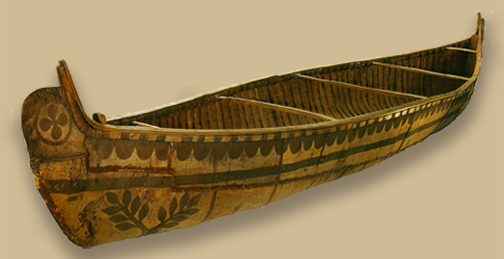

The task was to haul supplies upstream. Lewis wanted light boats, and he, Clark and Gass would also have wanted efficient boats. This author expects that by the time the Lewis and Clark party got to the Snake, there was nothing primitive about either their canoes or their canoeing.
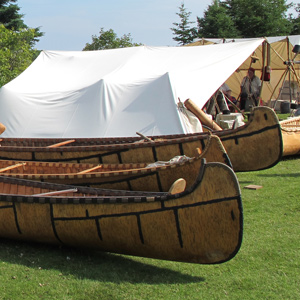

Based on historic designs, handling, and cargo capacity, the author proposes a dugout with round sides and a squared-off bottom. However, finding a tree 36″ in diameter and clean of major limbs for 33′ upwards, was probably not that easy.
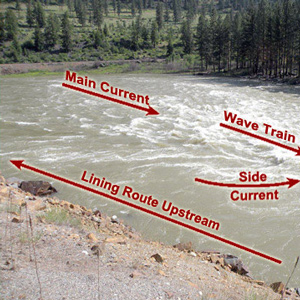

Using interactive pictures of common river conditions, the reader is given an idea of how the boatmen read the river and chose their lines. These conditions—or a prediction of them—were also considered when the Corps designed and built their dugouts at Fort Mandan.


Details from the journals up through the Missouri Breaks in high water, from near the Musselshell River on 13 May 1805, to the Marias, 2 June 1805, are examined. One can only appreciate their handling of the canoes in the context of their daily trials.
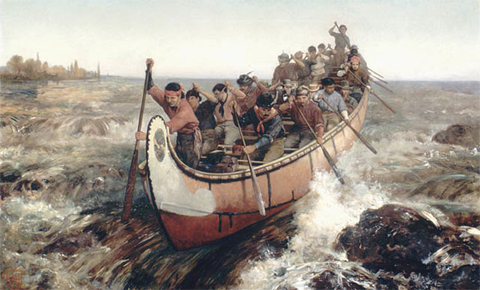

We know that the canoes of their day, white and Indian, were not necessarily rough or primitive, and that Clark and Lewis had seen a lot of them. The expedition included enough experienced canoeists to teach everyone how to paddle.
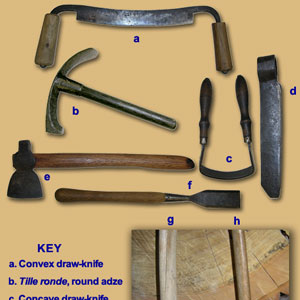


William Bevis summarizes his eight-part series on the design of the dugout canoes built by the expedition.
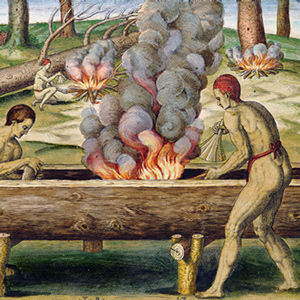

The author lists every incident in all the journals, yielding information about the expedition’s boats and boating, especially concerning the canoes.
A glossary of boating terms useful in understanding the design, building, and paddling of dugout canoes are here defined.
Experience the Lewis and Clark Trail
The Lewis and Clark Trail Experience—our sister site at lewisandclark.travel—connects the world to people and places on the Lewis and Clark Trail.
Discover More
- The Lewis and Clark Expedition: Day by Day by Gary E. Moulton (University of Nebraska Press, 2018). The story in prose, 14 May 1804–23 September 1806.
- The Lewis and Clark Journals: An American Epic of Discovery (abridged) by Gary E. Moulton (University of Nebraska Press, 2003). Selected journal excerpts, 14 May 1804–23 September 1806.
- The Lewis and Clark Journals. by Gary E. Moulton (University of Nebraska Press, 1983–2001). The complete story in 13 volumes.

